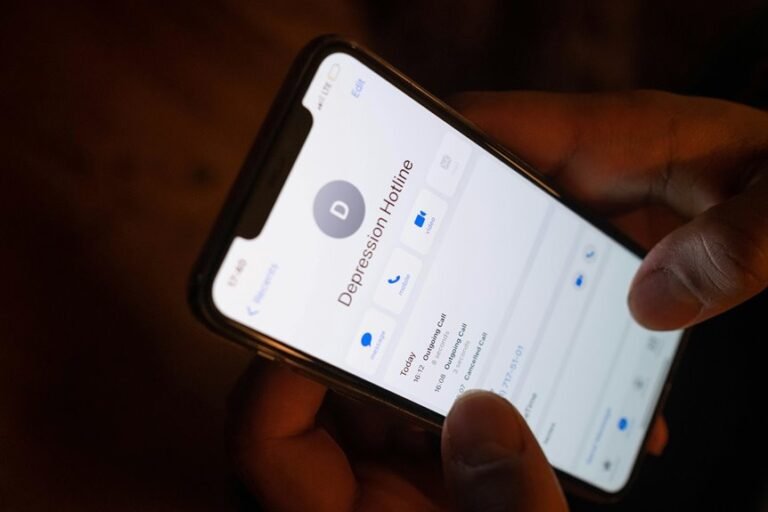Who Called Me? 3364386490, 7277052944, 4052173481, 4048366332, 6024288083, 8664192319
The numbers 3364386490, 7277052944, 4052173481, 4048366332, 6024288083, and 8664192319 represent a spectrum of potential callers. They may be linked to telemarketers, scammers, or automated systems. Understanding the origins and purposes of these calls is essential for personal security. By employing analytical techniques, one can better navigate these communications and protect their privacy. The implications of these calls warrant further examination.
Understanding the Caller: Analyzing the Numbers
When assessing an unknown caller, the initial step involves a meticulous analysis of the phone number.
Employing caller identification techniques, individuals can initiate phone number tracing to uncover the origin and owner of the number.
This process not only enhances personal security but empowers users with the knowledge to discern legitimate calls from potential threats, fostering a greater sense of autonomy in communication.
Common Sources of Unwanted Calls
Unwanted calls primarily originate from various sources, including telemarketing firms, scammers, and robocallers.
These calls exploit vulnerabilities in communication systems, often bypassing spam detection mechanisms. Telemarketers aim to promote products, while scammers seek personal information.
Robocallers deliver pre-recorded messages, contributing to consumer frustration. Effective call blocking technologies can mitigate these disruptions, enhancing user control over incoming communications and preserving individual freedom from unwanted interference.
Effective Strategies to Handle Unknown Callers
Handling unknown callers effectively requires a strategic approach that prioritizes user safety and privacy.
Implementing caller identification systems can help discern legitimate calls from potential threats. Additionally, employing blocking techniques allows users to prevent unwanted communications, fostering a sense of control over their personal space.
Conclusion
In conclusion, recognizing the dual nature of phone calls—where potential connections intersect with the risk of scams—underscores the importance of vigilance. By leveraging caller identification techniques and researching unknown numbers, individuals can transform uncertainty into informed decision-making. While some calls may offer genuine opportunities, others may seek to compromise safety and privacy. Balancing awareness and caution is key in navigating the landscape of modern communication, ensuring that one remains in control of their interactions.







